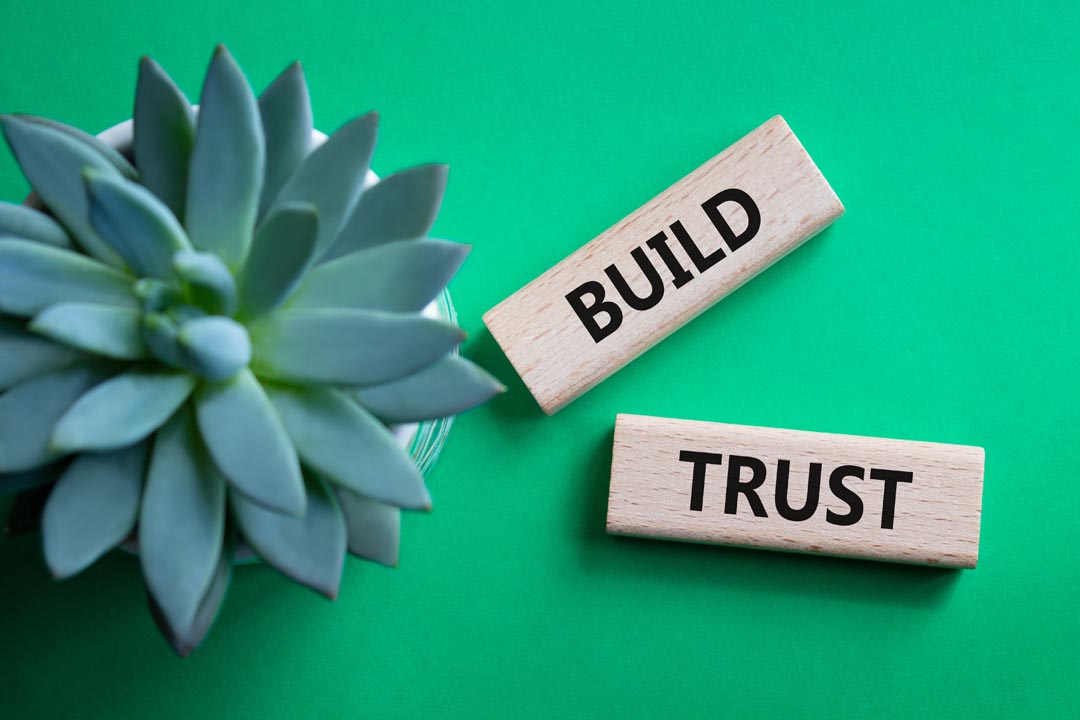In the second of a series of articles on how to become a senior learning leader, Cathy Hoy looks at how to cultivate a growth mindset
Having a growth mindset is essential to workplace productivity because it helps develop professional skills such as problem-solving, communication and collaboration; as we know, all of these are vital components for business prosperity.
Whilst most people in L&D are familiar with the term growth mindset, and most people in our industry should have one, cultivating a culture of growth mindset in the workplace is a different matter…
The phrase ‘growth mindset’ was first coined by Stanford University psychologist Carol Dweck. In her book Mindset: The New Psychology of Success, she explains how a fixed mindset (believing intelligence and abilities are innate) can be detrimental to personal growth, while a growth mindset (believing abilities can be developed through practice and effort) can help foster achievement.
The idea of a growth mindset is becoming increasingly popular in the workplace, as more and more people recognise its positive effects on personal success
Dweck suggests that those with a growth mindset are more resilient, open to feedback and willing to take on new challenges. She believes that if we can shift our thinking from having a fixed mindset to embracing a growth mindset, then we can achieve greater success in all aspects of life.
Today, we use ‘growth mindset’ to refer to an attitude and approach that encourages learning, perseverance, and potential. It’s widely accepted that having a growth mindset helps us reach our goals by cultivating self-belief and promoting resilience in the face of adversity. The idea of a growth mindset is becoming increasingly popular in the workplace, as more and more people recognise its positive effects on personal success.
The benefits of a growth mindset in the workplace
Having a growth mindset within an organisation can be incredibly beneficial. It allows people to take risks, seek out challenges, and strive for excellence without fear of failure. It encourages employees to think outside the box and come up with creative solutions that may have otherwise been overlooked.
A growth mindset also fosters collaboration between different teams, as everyone is focused on learning and growth, rather than just achieving their individual goals. This helps foster a culture of innovation and creativity, which can be invaluable for any organisation.
Having a growth mindset allows employees to take ownership of mistakes, view them as learning opportunities, and learn from them to prevent future errors. All this contributes to creating an environment that is conducive to success. When faced with a difficult task, employees don’t shy away from taking it on. Instead, they embrace the challenge and use it as an opportunity to learn and grow. They understand that failure is a natural part of the process and are open to learning from their mistakes so they can be successful in the future.
Managers encourage their teams to think outside the box and use creative solutions to tackle problems. They understand that innovation comes from taking risks, so they actively promote experimentation in the workplace.
By creating a positive atmosphere where people feel safe to take risks, organisations can encourage growth mindset – leading to better productivity, creativity, and innovation. It’s a concept worth investing in for any organisation looking to maintain competitiveness into the future.
Barriers to creating a growth mindset
Barriers to cultivating a growth mindset vary depending on the organisation, but common obstacles include lack of support or understanding from management, fear of change or criticism from colleagues, limited resources, and time constraints.
Cultivating a growth mindset within an organisation is no simple task for managers, simply telling employees that it’s important won’t cut it. Managers and leaders need to take stock of whether they truly have a growth mindset themselves – this requires understanding the concept and committing to personal growth as well. When leaders model their own commitment to learning and taking on new challenges, their team is more likely to follow suit.
5 tips for cultivating a culture of growth mindset
Breaking down barriers to create an environment for growth can be tricky; it requires a shift in both mindset and behaviour. It’s important to remember that this isn’t something that will happen overnight – instead, it should be seen as an ongoing journey.
To get started, here are 5 tips:
1. Start by educating everyone in the organisation about the importance of a growth mindset. This could include workshops and training sessions on how to cultivate a positive and open attitude towards learning and development.
2. Create an atmosphere of psychological safety where employees feel comfortable taking risks, making mistakes, and sharing ideas without fear of criticism or punishment.
3. Provide resources such as mentorship programmes, personalised feedback systems and access to relevant materials or courses to ensure employees have the tools they need to grow and develop.
4. Encourage collaboration and creativity by creating opportunities for team members to work together on challenging tasks and brainstorm solutions.
5. Celebrate success – acknowledge the efforts of your team through rewards and recognition.
Overall, the cultivation of a growth mindset can have huge benefits for any organisation in terms of productivity, morale, and innovation. By creating an environment where employees feel safe to take risks and develop their skills, organisations can create a brighter future for everyone involved.




